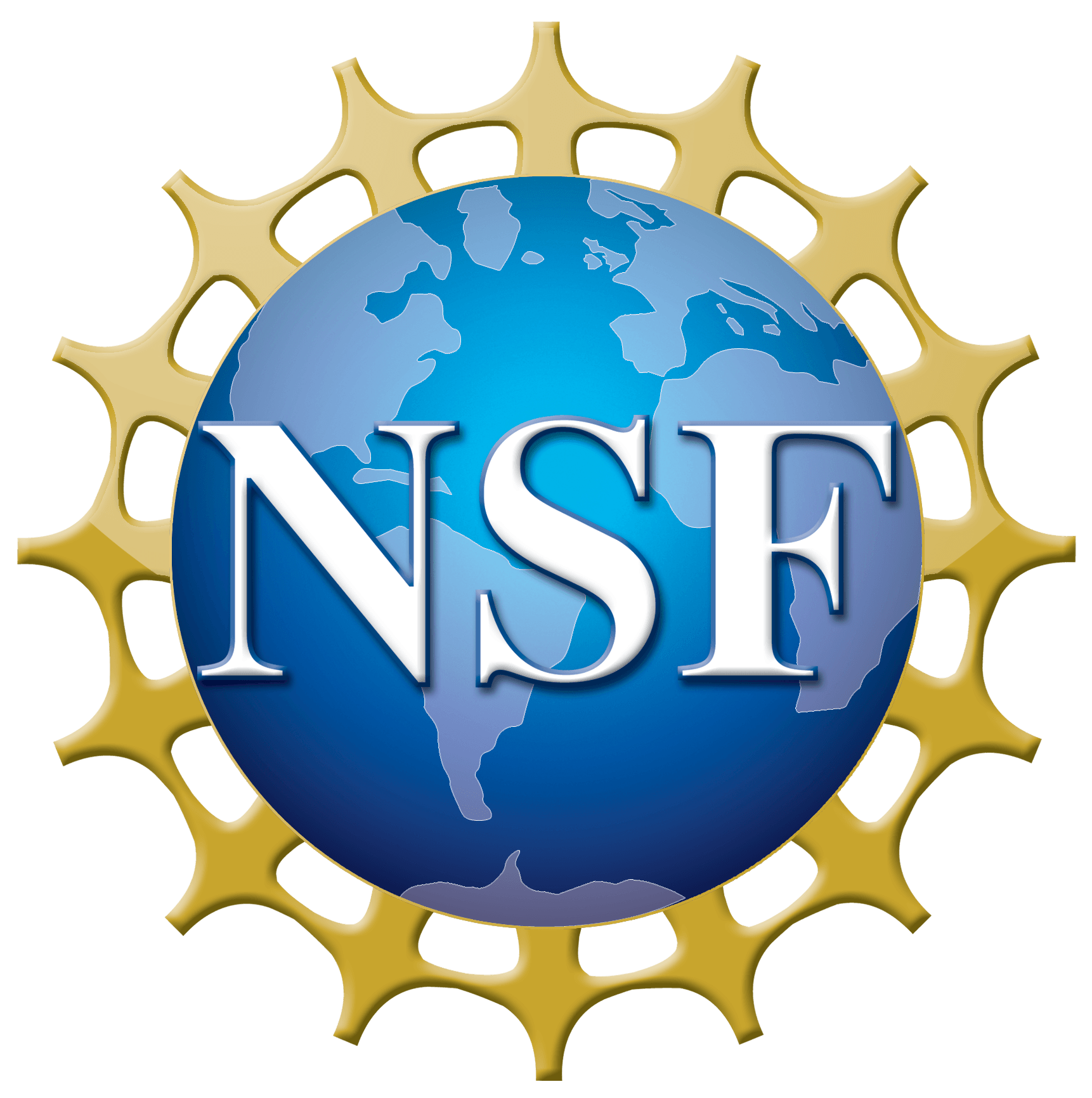Question: How do you get an image from interference data? I have a decent understanding of interferometry and a …
Select :
asteroid collisionasteroidsastronomical distance scalesatomsbig bangblack holesbright lights in the skybrown dwarfcareerscelestial eventschecker cabscometsconstellationscosmic distancescosmic microwave backgroundcosmic rayscosmologydark energydark matterdwarf planeteartheclipseeclipticeducationexoplanetsexpansion of the universegalaxiesgeneral relativitygravitational lensgravity wavesGreat Red SpotHoaxesHubble Space Telescope (HST)Interferometerinterferometryinterstellar moleculesionosphereJupitermagnetarsmarsmeteorsMH370milky wayMilky Way Galaxymoleculesmoonmoonsneutron starneutron starsNibirunight skyparallaxphysicsplanetsplutoproperties of lightPtolemypulsarsquasarsradar astronomyRadio Astronomyradio frequency interferenceradio interferometersradio recombination line emissionRadio TelescopeSatellite DishSchwarzschild Radiusscientific methodsearch for extraterrestrial intelligenceSETIsolar systemspace probesspacecraftstar formationstarssunsupernovasupernova remnantssupernovaetelescopestime dilationTrans Neptunian Objectstwin paradoxunexplained celestial observationsVenusVery Large ArrayVery Long Baseline Array (VLBA)Voyager 1weather
What is the Primary Programming Language Used at the VLA?
Question: What is the primary programming language used at the Very Large Array? My professor is curious and so…
Why Do Some Parts of a Radio Telescope Need to Be Kept Cold?
Question: The guide for our tour of the GBT mentioned that they have to cool down the electronic equipment…
Do Antennas in an Array Always Need to Point to the Same Spot?
Question: There is a very nice animated clip of the array set as the bing.com background today (7-11-14). I…
Can Radio Telescopes Be Used in Meteorology?
Question: Hi! Can radio telescopes have some applications in meteorology, for example in prediction of weather conditions or natural…
Can One Detect Brain Waves With a Radio Receiver?
Question: Theoretically, could a smaller version of radio telescopes be built to examine human brain waves in an appropriately…





